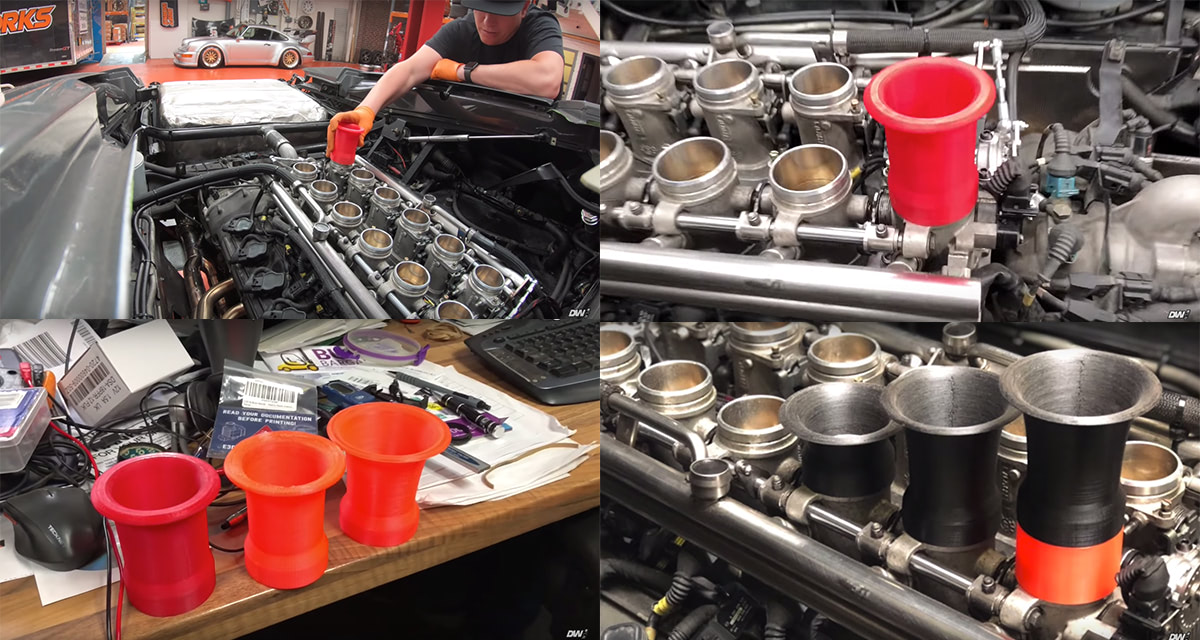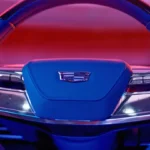The folks over at Driftworks have been modifying and testing a Lamborghini Murcielago as part of an ongoing Youtube series. The owner, Phil Morrison, fully commits to customizing the Italian supercar by swapping it from an e-shift to a manual, changing the suspension, adding custom ITBs (individual throttle bodies), and doing tons more. But he ran a particularly interesting experiment after installing the new ITBs and headers: he 3D printed different intake stack configurations to see what effect they would have on horsepower.
Testing Different Intake Stack Configurations
Intake stacks direct air into the throttle bodies that control how much air goes into the engine. At full throttle, the V12 engine of the Murcielago sucks in a lot of air. Adjusting the length and shape of the intake stacks affects how much air can be pulled in, and therefore the horsepower. The Driftworks team designed three variations of the intake stacks to test: short, medium, and tall. They all have flared tops to maximize intake volume and reduce air turbulence. These parts are only handling cool air but they do connect to the ITBs that obviously get hot so they were printed in PETG to handle the moderately-high temperatures.
I expected there to be some performance gain from the printed stacks but what’s amazing is how significant the gains were: a whopping 26 wheel horsepower with the medium intake! In the car tuning world, everyone is intimately familiar with the law of diminishing returns as the better the performance of a vehicle, the harder it is to eke out more performance. Stock engines are already highly engineered (no pun intended) machines so tuners spend thousands of dollars just trying to get another ten horsepower out of their cars. This is a car that has over 600 horsepower so finding another 26 horses under the hood is hard enough. Doing it with five dollars worth of 3D printed PETG seems like a cruel joke to tuners everywhere. It’s impressive, to say the least.

By using 3D printing here, the Driftworks guys were able to quickly and cheaply create a few prototypes to nail down the perfect fit and then produce several variations of the actual test parts. They achieved this in a matter of hours, in-house, with only a few dollars worth of materials. Printing three different sizes allowed them to instantly determine the ideal configuration without having to go back to the drawing board after each test. That’s the beauty of 3D printing. And while we’re on the subject of beauty, Phil was even able to match the aesthetic of his Lamborghini by printing the stacks in black. Score another one for 3D printing.
Watch the video below. Be warned, it gets loud.
Featured image courtesy of Driftworks.










